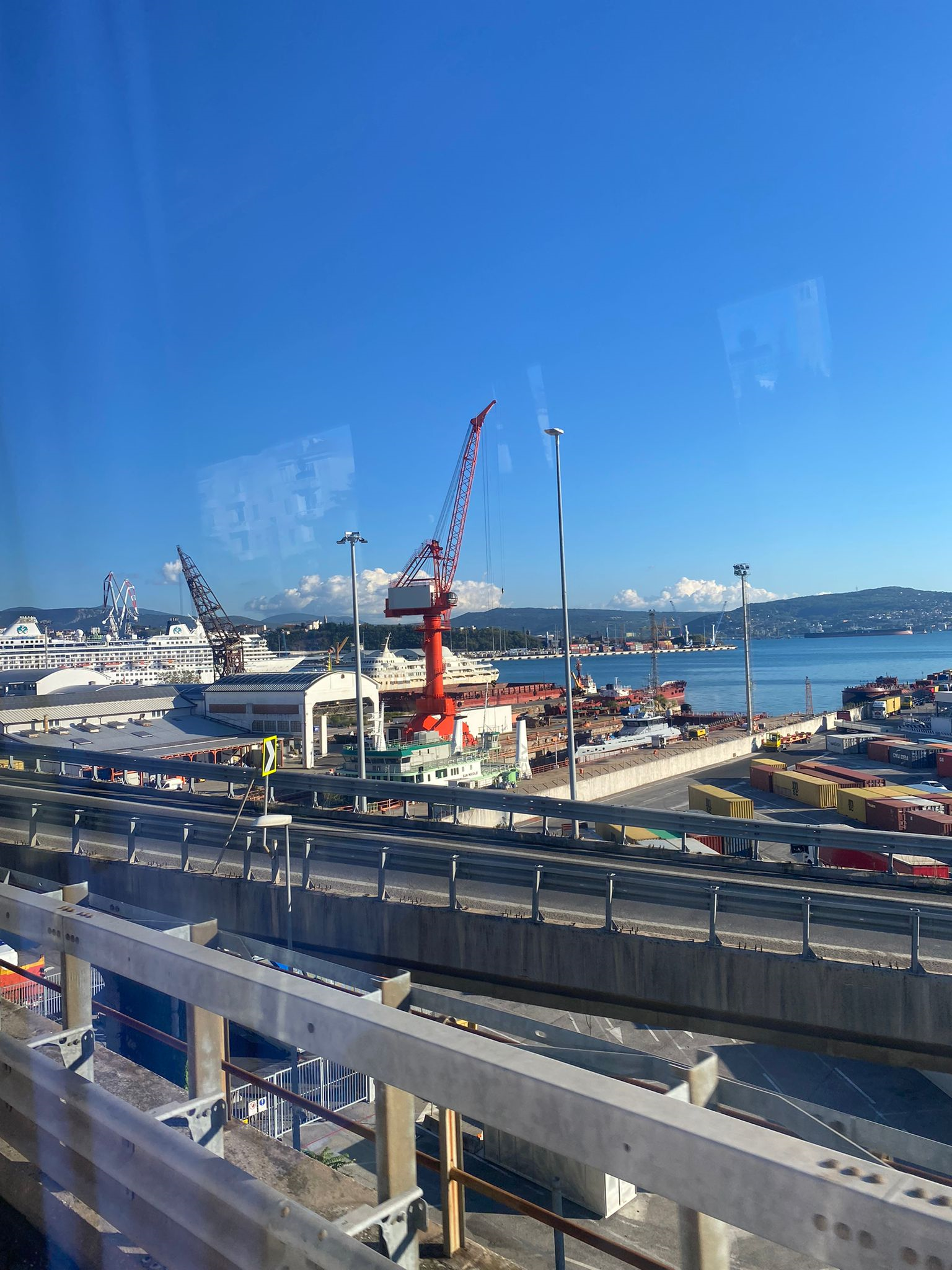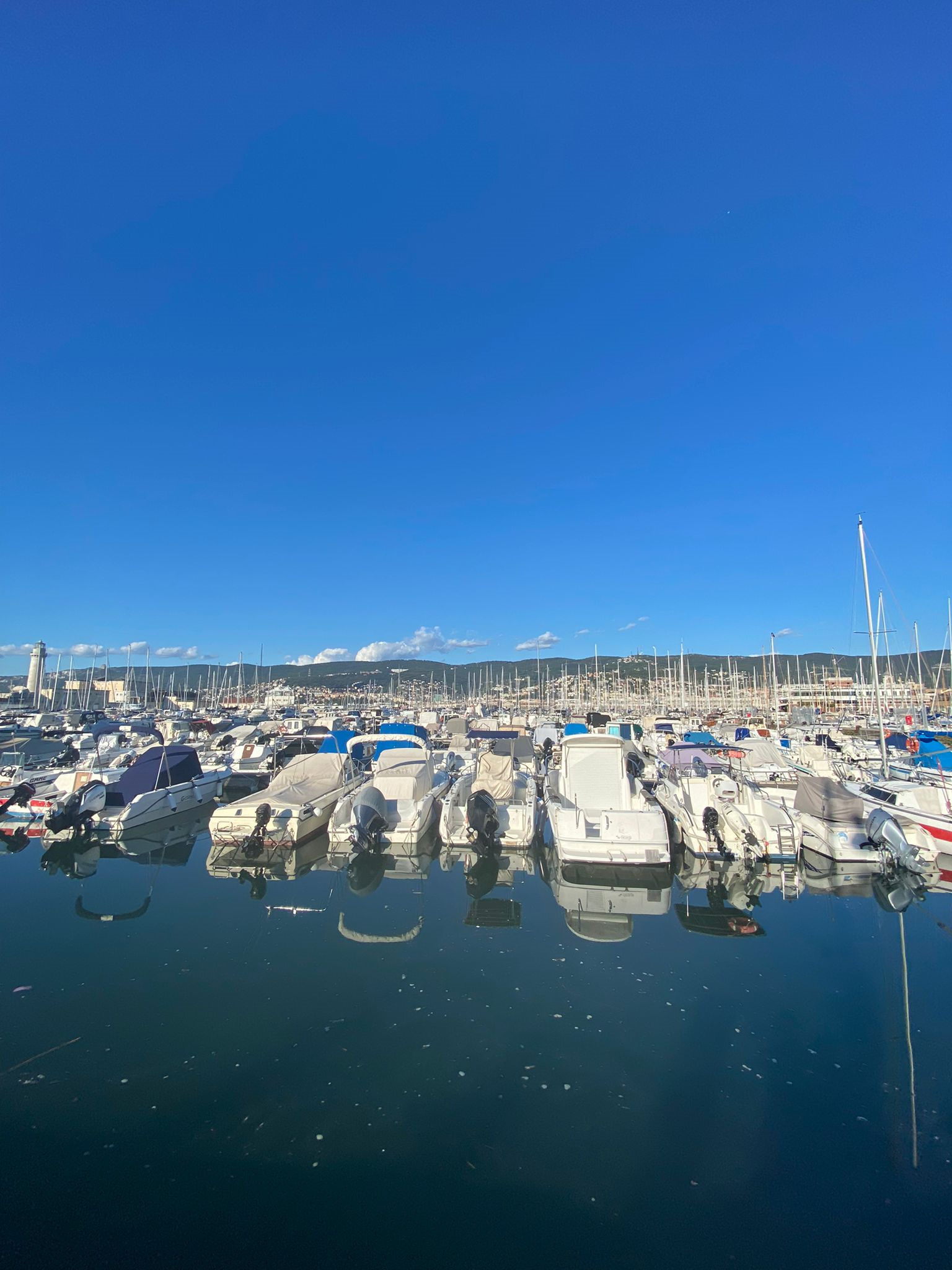Harbour of Trieste and its impact on natural habitats – Butnărașu Marian - Sorin

When thinking about Trieste, I couldn’t even point out one more characteristic other than being the most important commercial port of Italy. However, now that I took part in this wonderful Erasmus+ project, I have found out a lot of significant information, which I will be sharing with you.
This city’s history takes us on a beautiful ride full of culture: starting 700 years ago as a commercial port, its name traveled through the position of emporium to the most important seaport of the Habsburg monarchy in the 19th century, now serving as a maritime gateway for northern Italy, Germany, Austria and Central Europe. The famous Slovenian saying ’’Trst je naš’’ (meaning ’’Trieste is ours’’) is due to the fact that after World War 2, in accordance with the Memorandum of London (1954), the vast majority of Zone A of the then so-called ’’Free Territory of Trieste’’ - including the actual city of Trieste -joined Italy, leaving the Slovenian people in a feeling of revolt.

Nowadays, urban areas play a crucial role in biodiversity conservation and habitat protection, hosting relatively new plant communities due to the peculiar ecosystem where they vegetate. The Harbour of Trieste is characterized by a mixed mosaic of intensely human-impacted areas (where commercial activities mentioned before are still ongoing) surrounded by abandoned areas where vegetation persists or has spontaneously recovered.
Several studies have shown that plant species that grow in urban areas have functional traits that make them well-suited to deal with stress. These species are generally highly resistant to disturbances and tend to have short life-spans, early flowering with a large amount of seeds, all features that underline the impact of this harbour on natural habitats.